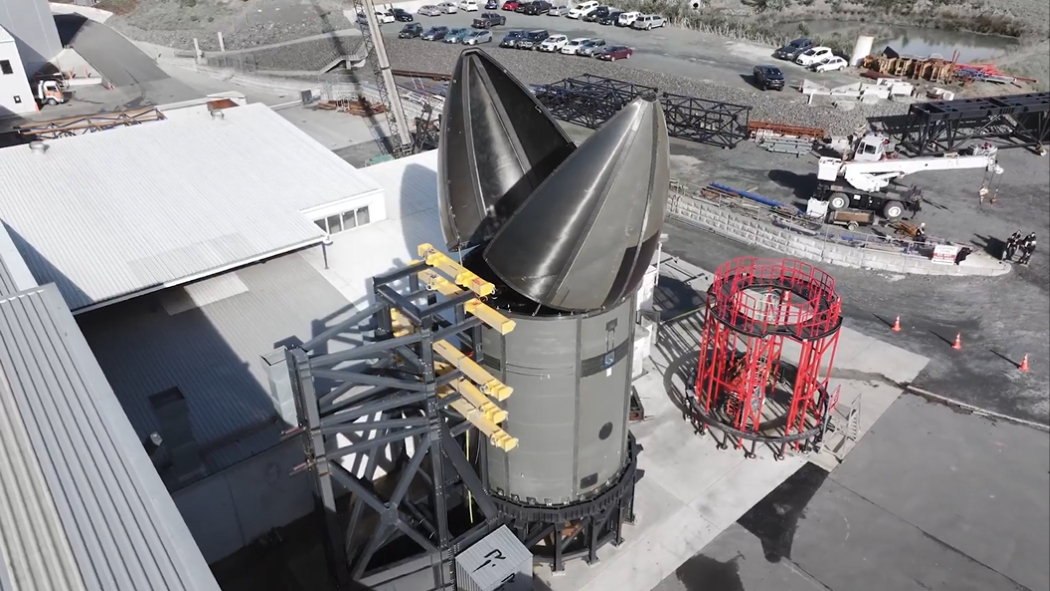Space - Spacex, NASA, Rocket Lab
-

According to NASA’s Orbital Debris Program Office, there are over 8,800 metric tonnes of defunct satellites, spent rocket stages, broken components, and collision fragments in orbit. Only ~43% of objects are actively used for communication, navigation, scientific missions, or military surveillance.
This debris orbits at up to 28,000 km/h, posing a major threat to spacecraft, satellites, and the International Space Station.
Related Facts:
💸 To get all this mass to orbit in the modern day, even with SpaceX's extremely low cost of $2,700/kg, would cost over $37 billion.🛰️ As of 2024, there are ~36,500 tracked objects in orbit larger than 10 cm, and millions of smaller untracked fragments.
🚀 The Kessler Syndrome is a feared cascade scenario where collisions create more debris, triggering an unstoppable chain reaction.
🛡️ The ISS regularly performs debris avoidance maneuvers to prevent catastrophic impacts.
🧹 Active cleanup missions are in development, including magnetized tethers, robotic arms, nets, and laser systems.
🌐 The U.S., China, Russia, and private companies like SpaceX are the largest contributors to orbital hardware.
📡 The growing space economy makes orbital debris one of the most pressing 21st-century environmental issues, though it’s invisible to most people.
-
-
@Victor-Meldrew said in Space - Spacex, NASA, Rocket Lab:
Are we supposed to see something in that video - or are my eyes completely stuffed

I couldn't see anything in the video either. The story was pretty cool though
-
@dogmeat said in Space - Spacex, NASA, Rocket Lab:
🚀 The Kessler Syndrome is a feared cascade scenario where collisions create more debris, triggering an unstoppable chain reaction.
thats a fascinating idea, i wonder how likely it is
-
-
@antipodean said in Space - Spacex, NASA, Rocket Lab:
Science fiction coming to life:
Where do you insert the warp core

